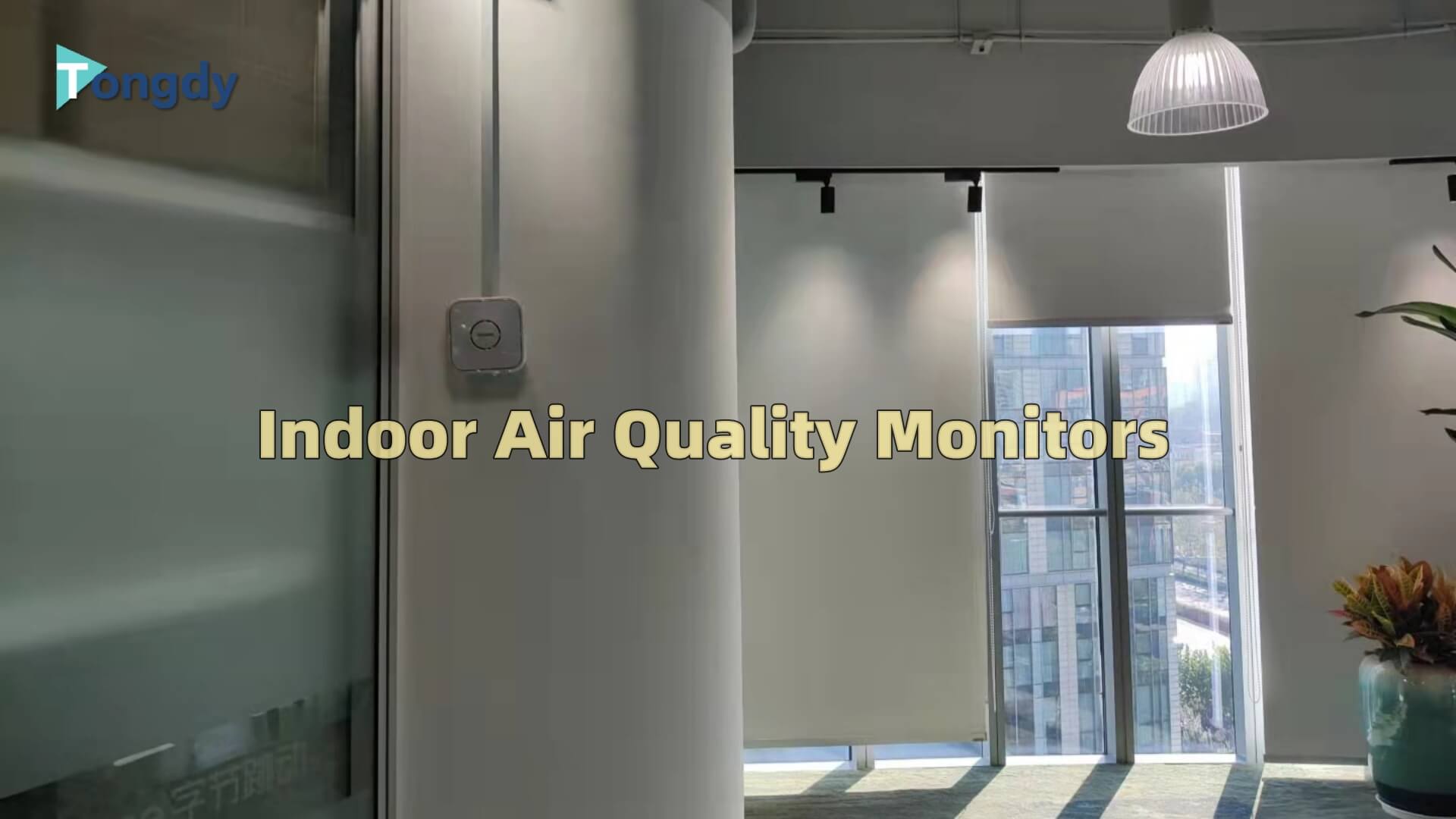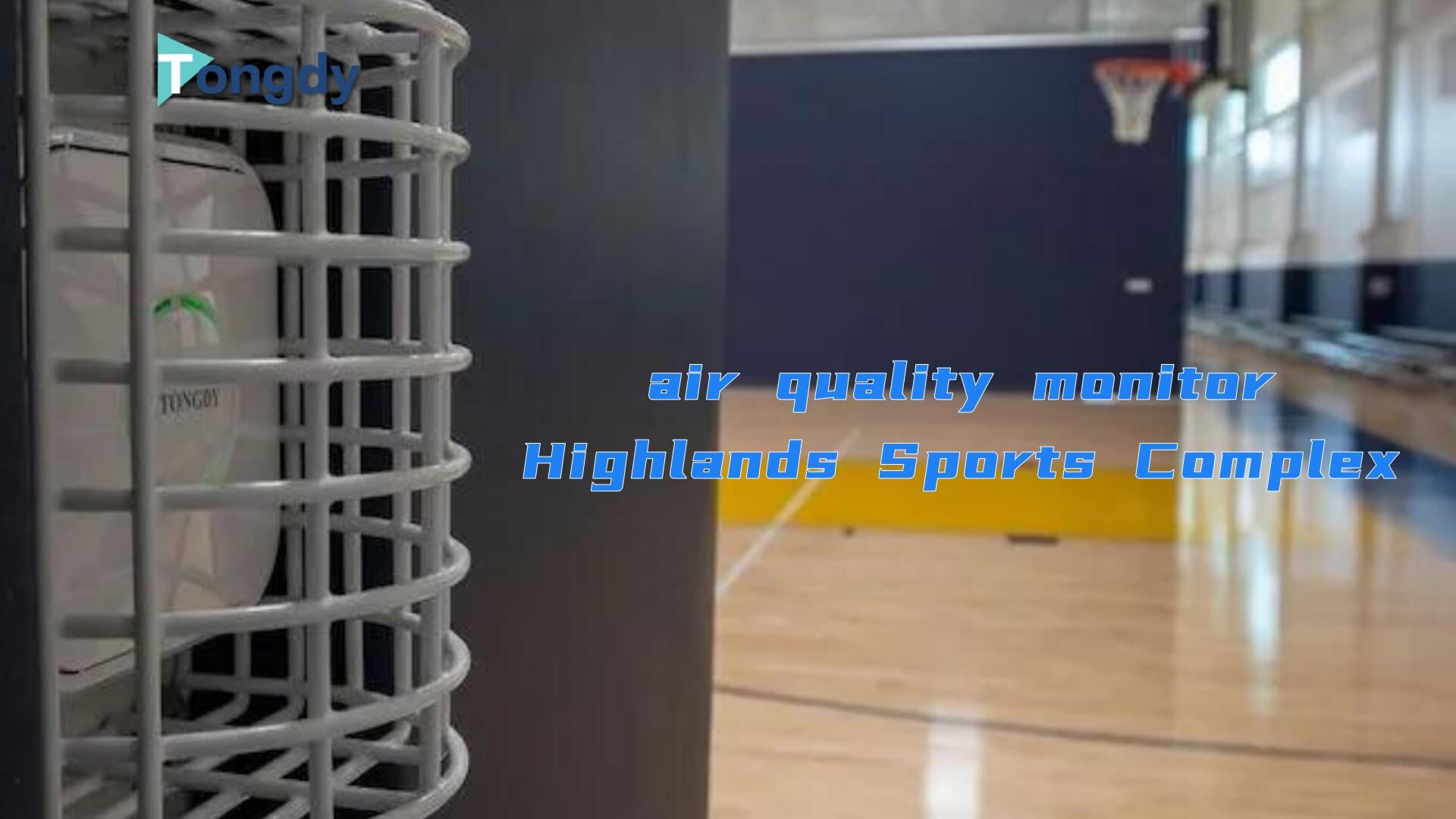Breathing impacts health both in real-time and over the long term, making indoor air quality crucial to the overall well-being of modern people's work and life. What kind of green buildings can provide a healthy and eco-friendly indoor environment? Air quality monitors can answer you—these precise air-sensing devices can monitor and report various indoor air quality indicators in real time.
This article will introduce you to the air components that significantly impact our health. It will also explain how to choose air quality monitoring devices, what components they monitor in the air, and their application scenarios.
1. Overview of Air Quality Monitors
Air quality monitors are electronic devices equipped with multiple sensors that monitor air quality 24/7. They can analyze and quantify the presence of various substances in the air, presenting data through analog signals, communication signals, or other outputs.
They act as invisible air guardians, continuously sampling indoor air and providing real-time or cumulative data to reflect air quality, identify major pollutants, and continuously monitor the effectiveness of mitigation measures. These devices vary in precision and reliability, appearance, and installation methods, meeting the needs of personal home use, commercial building applications, and green building certifications.

2. Composition of Air Quality Monitors
Air quality monitors consist of sensors and electronic circuits. The core technology includes not only the sensors themselves but also calibration methods, measurement value compensation algorithms, and various network communication interfaces. These proprietary technologies result in devices with completely different performance and functions.
Sensors and their principles include electrochemical principles, laser scattering principles, infrared principles, and metal oxide principles, among others. Different principles lead to variations in sensor accuracy, lifespan, and environmental impact.
3. What Components Are Monitored in Real Time?
Air quality monitors can detect a wide range of substances, making them indispensable tools for understanding and improving indoor environmental quality. Commonly tracked key components include:
Particulate Matter (PM): Measured in micrometers, including dust, pollen, and smoke particles. PM2.5 and PM10 are frequently monitored due to their health impacts.
Volatile Organic Compounds (VOCs): Chemical substances from various volatile pollutants such as building and renovation materials, furniture, cleaning products, cooking fumes, and cigarette smoke.
Carbon Dioxide (CO2): High levels of CO2 indicate insufficient fresh air, leading to drowsiness and decreased cognitive function in such environments.
Carbon Monoxide (CO): A colorless, odorless gas that can be fatal at high concentrations, typically emitted by incomplete combustion of fuels.
Ozone (O3): Ozone comes from outdoor air, indoor ozone disinfecting devices, and some electrostatic devices. High concentrations of ozone can damage the human retina, irritate the respiratory tract, and cause coughing, headaches, and chest tightness.
Humidity and Temperature: While not pollutants, these factors can influence mold growth and the concentration of other pollutants.

4. Diverse Application Scenarios
The versatility of air quality monitors makes them indispensable in various scenarios:
Residential Homes: Ensuring a healthy living environment, especially for allergy or asthma sufferers.
Offices and Commercial Spaces: Enhancing productivity and employee health by maintaining fresh indoor air quality.
Schools and Educational Institutions: Protecting vulnerable populations and promoting learning efficiency.
Healthcare Facilities: Maintaining infection control and reducing risks associated with airborne pathogens.
Industrial and Manufacturing Plants: Monitoring and controlling harmful emissions, complying with safety regulations.
The interconnection between the environment and health is undeniable. Air quality monitors make indoor air quality visible through data, enabling individuals and organizations to take timely actions, from simple ventilation improvements to advanced filtration systems, mitigating health risks, enhancing overall comfort, and promoting green, healthy, and sustainable development toward a cleaner, healthier future.

Post time: Jul-03-2024
